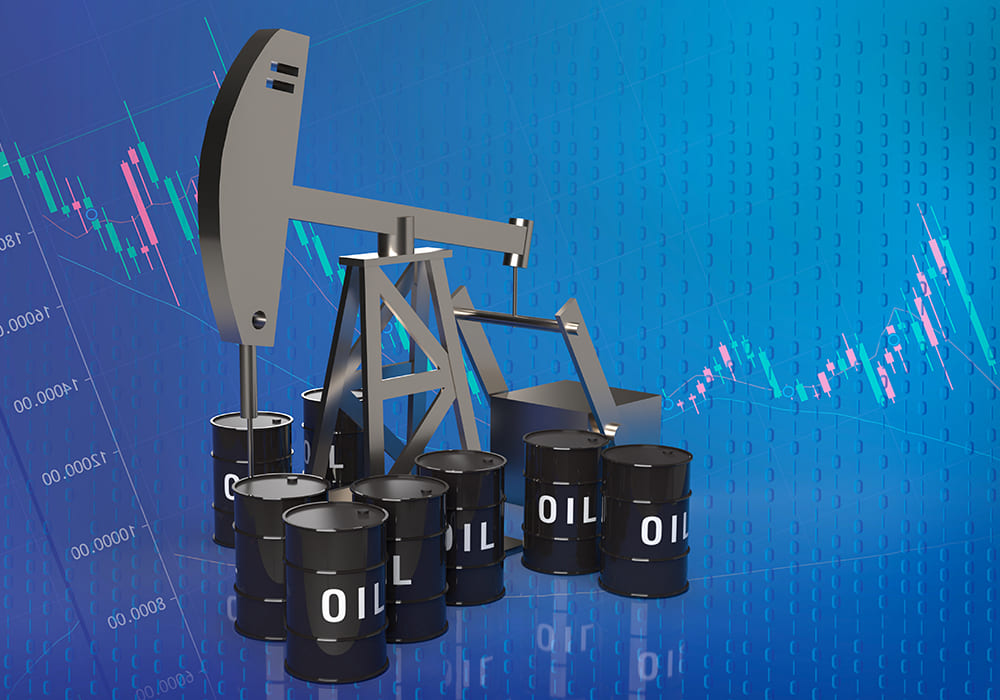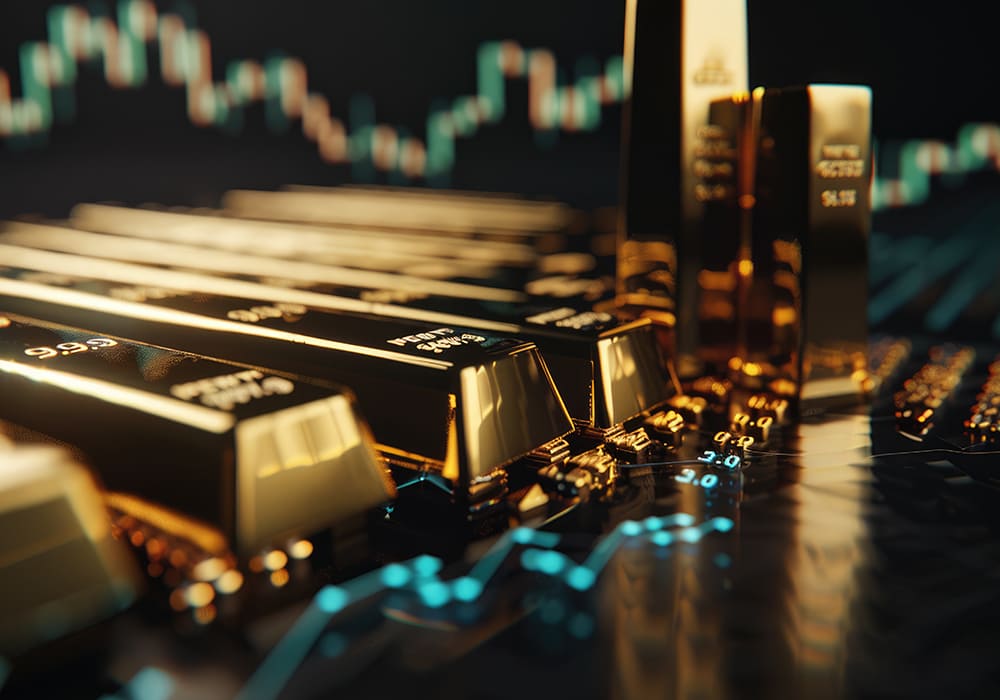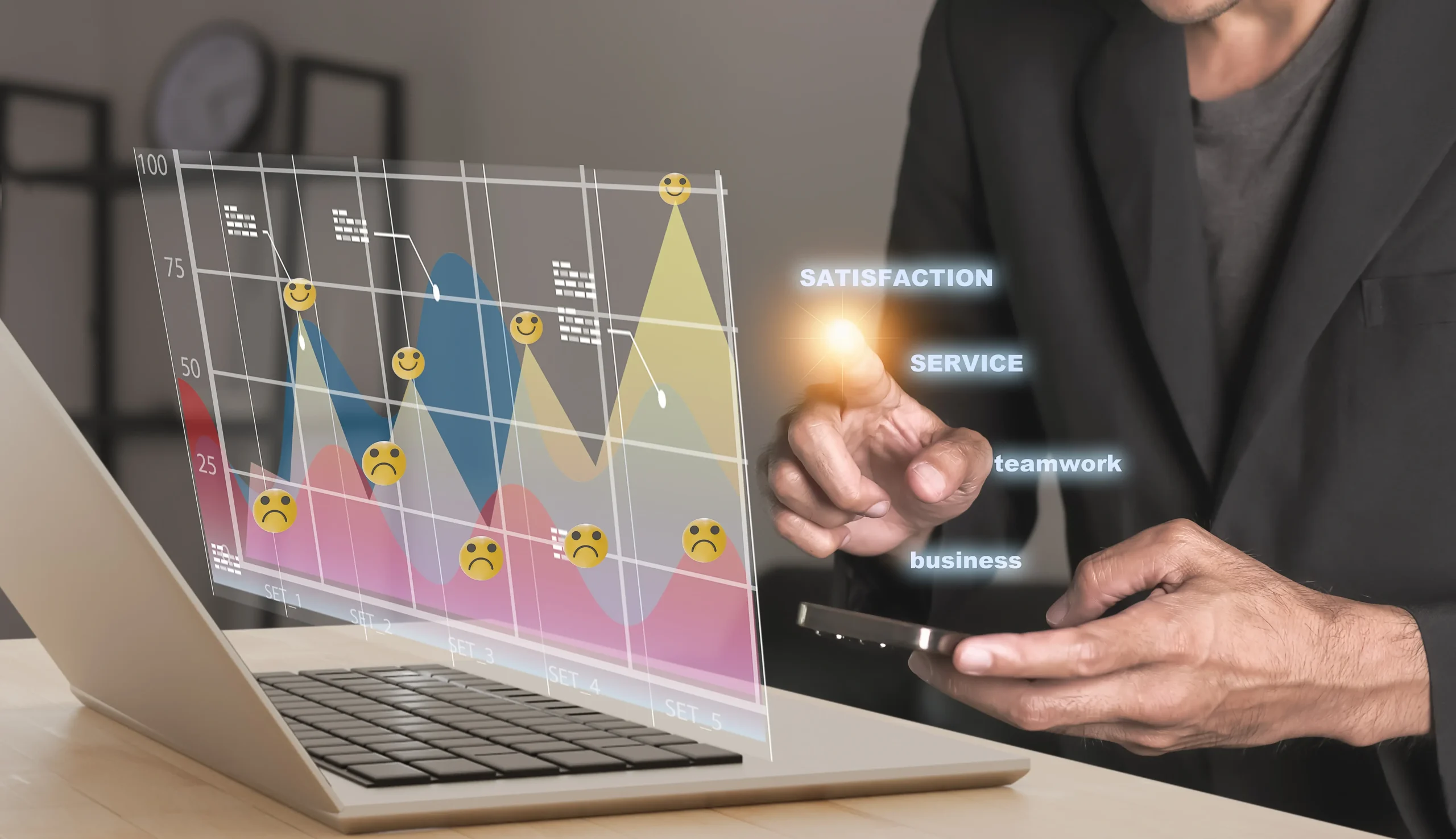Commodity futures are a type of financial contract that allows traders and companies to buy or sell certain amounts of commodities at a price specified in advance, for delivery at a later date. These types of futures trading are more relevant to markets dealing in crude oil, gold, natural gas, agricultural products such as wheat or corn, and so on.
Understanding how commodity futures work and the role of commodity futures in the forecastation of market trends will help traders derive useful insights from the dynamics of price movements and supply and demand, along with the management of risks.
1. What Are Commodity Futures?
Commodity futures contracts are one kind of legally binding agreement where the two different parties agree to buy or sell a commodity asset at a future date for a pre-set price. They are primarily used by two kinds of participants in the market:
Hedgers: These are producers, manufacturers, and consumers desiring to lock in prices for future purchases or sales. To protect against unfavorable price changes, they do this. For example, a farmer may sell wheat futures in order to lock in a selling price prior to harvesting, while a bakery might purchase wheat futures with the thought of stabilizing their costs.
Speculators: Those traders who try to make money by speculating on the price movements of futures markets without intending to take delivery of the physical commodity. The speculators are mostly responsible for injecting liquidity into the market and may at times move prices one way or another depending on sentimental analysis, forecasts, and economic indicators.

2. How Commodity Futures Work
The buyers and sellers are under obligation to trade the commodity on a certain date for a price that has been predetermined when one thinks about trading futures. Following are some of the key elements of a commodity futures contract:
Expiration Date: It is the date on which the contract expires; this is the date on which the exchange of the commodity is to be given. Many futures contracts expire well before this date, particularly among speculators, who would not want to take or give delivery of the underlying commodity.
Contract Size: The standard amount of the underlying good the contract is supposed to be executed with, for example, 1,000 barrels of crude oil or 5,000 bushels of wheat.
Price: The current market realities, speculation from the supply and demand factor, world economic indicators, and political happenings determine the futures prices. Traders analyze these factors to predict how prices will move up to the expiration of the contract.
A trader needs to deposit some margin, part of the value of the contract, as collateral for an ongoing trade. The margin contributes to the coverage of the losses, and it is a kind of security for the parties.
3. Commodity Futures: Market Predictions
Commodity futures provide a view on how market participants expect prices to change in the future, and such a view may be of considerable value in understanding the wider economic environment. Following are some of the most important means through which commodity futures contribute to forecasted markets:
Anticipating Supply and Demand Trends: The price of futures reflects the market’s expectations about prospective supply and demand conditions. For instance, high prices for oil futures could suggest disruptions in supply or increased demand later in the year. In this respect, traders can estimate, by following the prices of futures, the state of scarcity or surplus of a commodity in the future.
Indicators of Inflation and Economic Health: Increased prices in commodity futures tend to be an indication of inflationary pressures, as increasing expenses from higher raw material cost, such as crude oil and metals, would raise the price of goods and services. On the other hand, it is the case that falling futures prices may indicate lower inflation or economic slowdown since the demand goes down.
Investor Sentiment: Future markets are greatly influenced by investor psychology and events happening around the globe. For instance, higher buying of gold futures would depict a risk-off market since it has traditionally been considered a hedge during economic turmoil.
All these make commodity futures very useful not only as predictors of prices in commodities but also in giving insight into broader economic and market directions.
4. Trading Commodity Futures Strategies
Trading in commodity futures could be profitable but carries significant risks. Traders implement numerous techniques according to their market vision, risk tolerance, and time frame. One of the approaches is:
Trend Following: A trend-following strategy involves identifying the prevailing market trend and then jumping on board. For instance, if the oil futures are in an uptrend due to an impending shortage of supplies, the trader can long the oil future in anticipation of good returns on account of rising prices.
Spread Trading: Some traders focus their bets on the difference in price, or spread, between different contract months of the same commodity. By betting on the spread between, say, December and February oil contracts, traders can profit from the shift in market sentiment without making an outright bet on prices.
Hedging: The companies and their producers hedge with the help of futures to guard against price volatility. Airlines, for example, may buy futures in securing jet fuel prices so that if the oil prices begin to soar, these would get hedged for cost rises. This hedging gives a grip of stability and reduces the risk of budget fluctuations due to price changes.

Conclusion:
Commodity futures are one of the vital building blocks of world markets, and they are an avenue for traders and corporations through which to hedge or manage risk, speculate on supply and demand fluctuations, and investor sentiment.
Futures contracts hold immense potential for high returns; hence, they can be employed toward hedging and speculative ends. By grasping the inner dynamics of commodity futures and their impact on forecasting in the market, traders can position themselves better to capitalize on trends and take advantage of an ever-changing economic environment.






